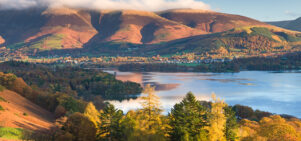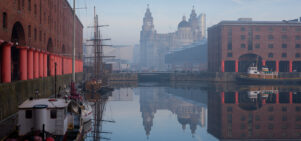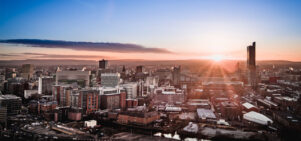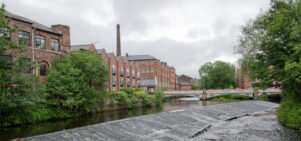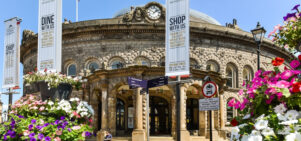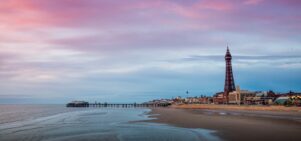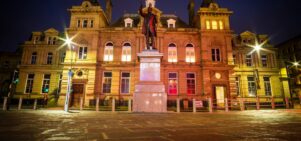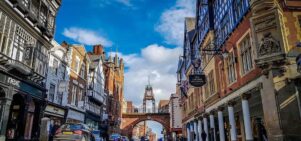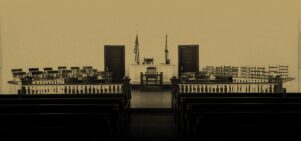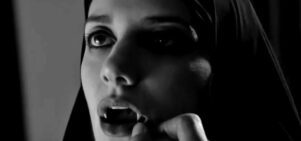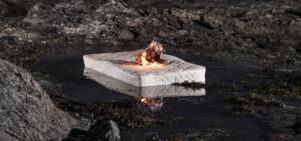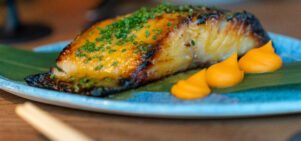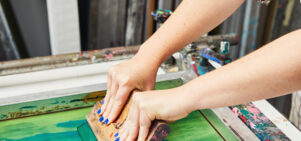Love and exile: Chagall: Modern Master at Tate Liverpool
Jessica LackWith two major exhibitions dedicated to the artist running this summer, we ask art critic Jessica Lack to pin down the enigma of Marc Chagall.
Marc Chagall has been described as a modernist without the “sting”, as a figurative artist, as a Surrealist, and as a canny operator who combined the folkloric roots of his native Russia with the Parisian avant-garde to create a style of his own. Yet his paintings are rooted in the experience of an exile, or the wandering artist, dreaming of other lands wherever he might be.
It is impossible to understand Chagall without knowing something of his upbringing. As a Jew, he was born an outsider, and remained one for the rest of his life. Even today, when he is cited as one of the main proponents of the School of Paris – the radical if disparate collection of painters who lived in Paris before World War One – he defies classification. He was not part of a movement, not a Cubist or a Fauve, but simply a great one-off whose paintings reflected the humble events of life: birth, love, marriage and death.
He remained a mercurial figure throughout his life, as slippery as wet paint
In France, he preferred the company of poets to painters, notably Guillaume Apollinaire, who once described his pictures as sur-natural (supernatural) and the moniker stuck. Later, the poet Andre Bretton tried to entice Chagall over to the Surrealist cause, yet he remained steadfastly detached from any art movement. What Chagall did do, was allow the tumultuous events of the late nineteenth and twentieth centuries to occupy his topsy turvy pictorial world.
He lived through the insidious anti-Semitism of Tsarist Russia and witnessed the pogroms. Watched his mother bribe the local school so he might study there, was back in Russia at the outbreak of the Revolution and became an émigré once more when forced to flee France for America during the Nazi occupation. The more chaotic the world, the more Chagall painted it as magic realism, where fallen angels, Soviet workers, wedding belles and Hasidic Jews became part of a hallucinogenic fantasy. Just like the floating figures in his paintings, Chagall remained a mercurial figure throughout his life, as slippery as wet paint.

